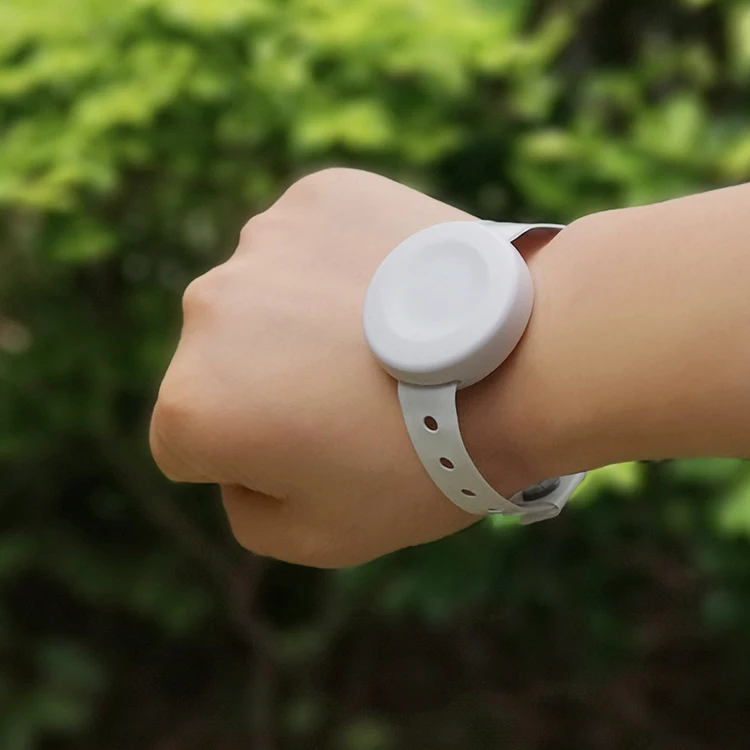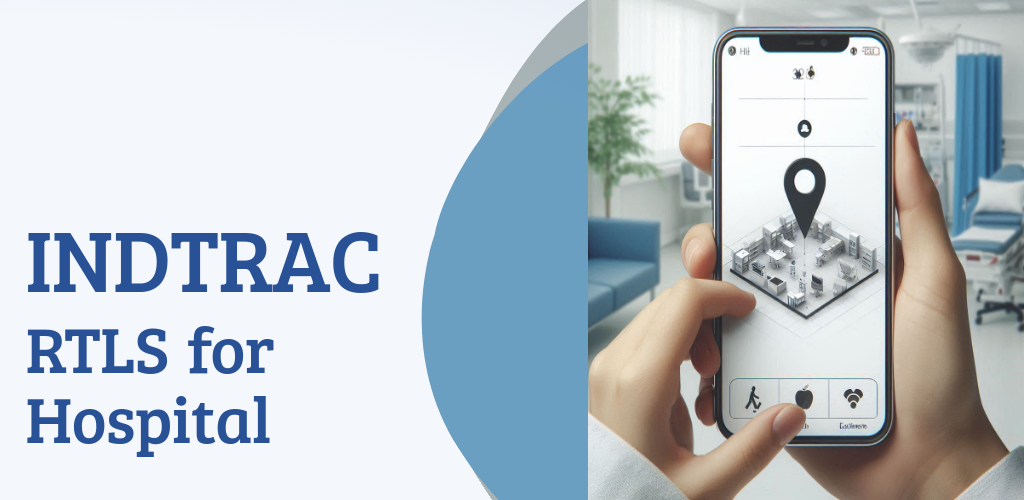
Enhancing Staff Security with BLE Badge Featuring SOS Buttons
Imagine what would a dedicated nurse devoted to the patients and the hospital expect at minimum from the management?
Surely she would expect that her safety and security are taken care of while she is inside hospital.
Healthcare workers are often required to walk throughout the facility, sometimes in high-risk situations, and their safety should never be compromised. A practical, efficient solution to improve staff security is the introduction of BLE-enabled ID badge or BLE wristbands equipped with SOS buttons, offering a simple yet powerful way to alert security in moments of distress. BLE-enabled badge works for dual-purpose : as an ID badge as well as safety SOS device.
BLE Wristbands
 Bluetooth Low Energy (BLE) technology allows for seamless, low-energy communication over short distances, making it ideal for environments like hospitals where staff are constantly on the move. A BLE wristband with an integrated SOS button ensures that the wearer can discreetly and instantly alert security personnel in the event of an emergency, regardless of their location within the hospital.
Bluetooth Low Energy (BLE) technology allows for seamless, low-energy communication over short distances, making it ideal for environments like hospitals where staff are constantly on the move. A BLE wristband with an integrated SOS button ensures that the wearer can discreetly and instantly alert security personnel in the event of an emergency, regardless of their location within the hospital.
Patient Safety and Location Tracking
The wristband can be used for patients too. The wristband enables the hospital locate the patient in real-time when in need. It also enables the Patient to alert the nurse-station when in need. Pressing the SOS button sets off a buzzer in the nearest nurse station. It also flashes the location of the patient in App notification.
App Alerts for Immediate Response
A RTLS works in tandem to ensure that information flows in real time. The wristband SOS enables the staff send an immediate notification to the hospital security teams at the push of a button. Once activated, the SOS button triggers an alert, pinpointing the exact location of the distressed staff member within the facility. This swift communication allows security to respond faster, reducing the time it takes to reach the scene of an emergency.
Empowering Staff to Feel Secure
One of the most significant benefits of the wristband is the psychological comfort it provides. Knowing that help is just a button press away can make staff members, particularly women, feel more secure while performing their duties. They can focus on their work without constantly worrying about their safety, knowing that help is easily accessible in any situation—whether it’s an incident of harassment, a medical emergency, or a physical threat.
Discreet and Non-Intrusive
The Badge is designed to be lightweight, discreet, and comfortable, ensuring that staff can wear it throughout their shift without feeling encumbered. The SOS button is intuitive to use, and its small form factor allows it to blend seamlessly into the work attire of hospital staff. This non-intrusive nature ensures that it does not interfere with daily tasks but remains within easy reach in moments of need.
Building a Safer Work Environment
By adopting BLE wristbands with SOS buttons for all hospital staff, we create a safety net that reinforces the hospital’s commitment to employee well-being. This proactive measure is an investment in a safer, more supportive work environment where staff can feel protected and valued. In an unpredictable workplace like a hospital, staff members deserve the peace of mind that comes from knowing that their safety is a priority.






 If you are a factory owner or goods producers, this may be for you. Small businesses often struggle with shipment errors and returns. Manual processes and human error can lead to picking the wrong items, sending to incorrect addresses, or damaged goods arriving. These issues not only cost money in return shipping and processing fees but also damage customer satisfaction.
If you are a factory owner or goods producers, this may be for you. Small businesses often struggle with shipment errors and returns. Manual processes and human error can lead to picking the wrong items, sending to incorrect addresses, or damaged goods arriving. These issues not only cost money in return shipping and processing fees but also damage customer satisfaction.